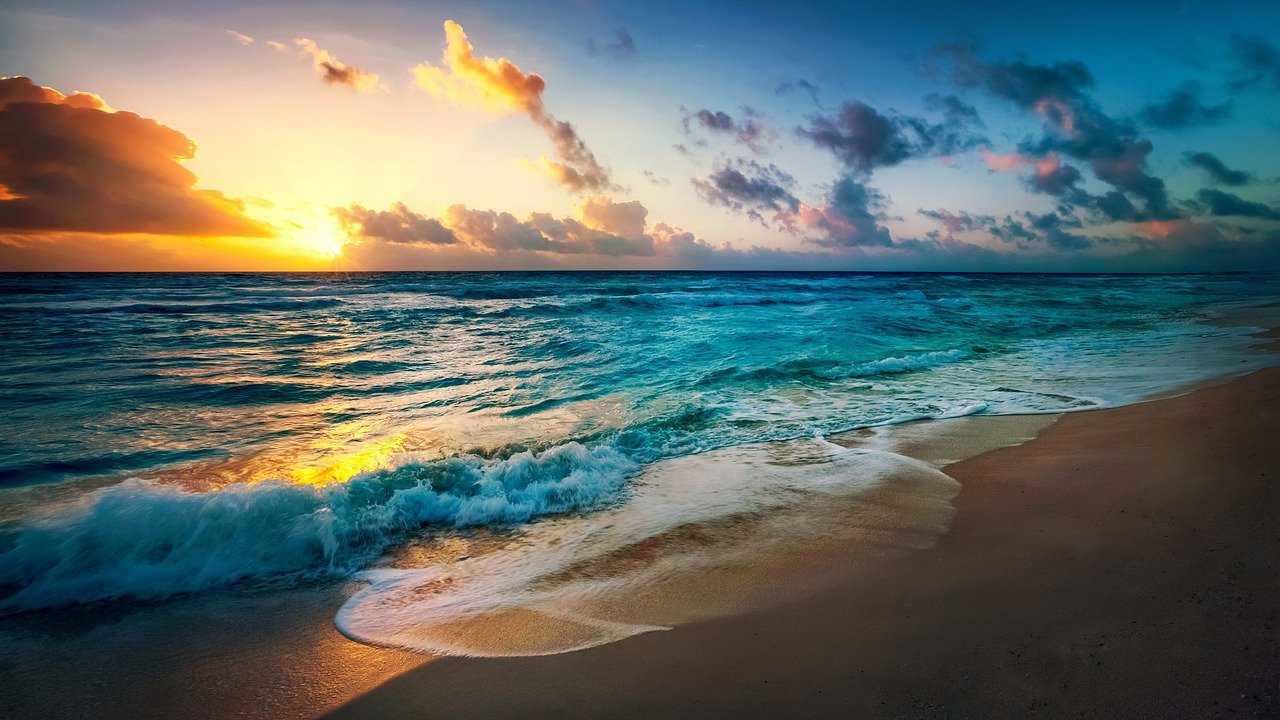
travel
The travel industry is extensive and includes the destination, accommodation, transportation and lodging. It is a big-ticket endeavor as people intend to make the most of their travel experiences. So, in a Travel PR agency, there is a lot to consider and plan. Seemingly exciting at the front, a considerable amount of work takes place behind-the-scenes for Public Relations.
When planning your PR strategy, understand the current trends and position of the industry. Today, the travel sector comprises low-cost and no-frills airlines, ecotourism and online platforms. The following plans will help you develop an effective PR strategy for the travel sector.
Plan your travel PR a year in advance
Note that timing is of the essence in PR. And especially for travel and tourism as it is a seasonal sector. People mostly travel during their children’s summer vacation, festivals or weddings. With that said, the PR calendar is determined by the business or seasonal.
An excellent starting point is to pen down each event offer and news about your brand and business. Once done, you can go ahead with pondering over the PR responses. Say you are planning a special offer for July and August, which are the popular summer months. These are also the vacation months for school and college-going children. So think about the PR tools and avenues that lay at your disposal. How will you promote the special offer? Will you go for the traditional press release? Or will you respond with an editorial request to appear as a listicle – “The best holiday deals for this summer season”, for instance? How about influencer marketing?
Once you have decided the approach, you should move on to writing the content pieces or campaigns. If you are opting for listicles, you need to start writing the editorial now. The reason is that the listing for destinations and deals is to be sent to journalists six months in advance.
Understanding the types of travelers and the destinations
There are different types and ways of travelling. On the one hand, some solo travellers prefer wandering on their own. Also, there are those that travel in groups. The other reasons to travel are for a wedding or medical purpose. When setting up your PR campaign, you need to understand travellers and destinations. Only then will your editorial piece hit the T-spot (T for travel).
Say you have a bunch of clients who are seeking detoxification and cosmetic services. Now, these reasons fall under the gamut of medical tourism. Earlier, wealthy folks from the developing world travelled to the established nations. Today the tides have changed, and developing countries, including Malaysia and Thailand, provide high-quality medical services at low costs.
Looking at another example, say you have group travel strategies. Now, this is a different type of travelling. A press release or listicle is insufficient. An excellent starting point for PR is to organize seminars and trade shows. Another aspect is understanding the different types of group travellers. While some prefer historical museums and monuments, others might desire culturally similar foods and experiences. Yet another seeks a little bit of adventure – hiking, sightseeing and water sports.
Targeting the appropriate publications
Once you have identified the different types of destinations and travellers, next up is publication. When selecting the publications and journalists, make sure the choices align with the target audience. For example, business publications are more relevant for promoting business class flights. If your target audience is adventurous or comprises solo travellers, you might want to target sports publications. If you are doing the PR campaign for an ecotourism company, environment publications are most relevant. For medical and recreational travellers, science and lifestyle (for detoxification) magazines and journals are ideal.
Using social media and influencer marketing
When promoting travel, you are selling a story and an image. And PR is about storytelling. There is no easier way of articulating the narrative of your destination than through social media and influencers. Prospective travellers want to see – first hand – your story through videos.
Social media and influencer marketing are integrative mediums. When planning travel PR, focus on theme-based narratives such as detoxification and recreational spas for medical travellers. For adventure travellers, user-generated content is apt, wherein travellers share their shenanigans on social media. When it comes to food, you can collaborate with bloggers to promote the food items of the destinations.
Images and Aesthetics
In the case of travel and tourism, images are paramount. Travel journalism, blogging, and press releases involve writing about the destinations. Including a captivating picture, say, of the skyline or renowned monument adds considerable weightage and coverage to your editorial piece. When selecting the image, make sure it is in high-resolution and appears professional.
Be prepared for the rainy day – crisis management
Every travel or tourism endeavour involves multiple variables, including the flight, accommodation and a tour operating company. For this reason, the travel sector is susceptible to mishaps and mishandlings. With that said, the travel PR team must prepare, in advance, a plan for crisis management. An ideal way is listing down the potential risks and deciding the response and reaction for each of them.
A word of caution – always take the side of your customer. Your customer should think that you have got their back.
Parting words
PR is an indispensable part of the marketing mix for the travel industry. It helps build the brand profile and enhances the chances of coverage for your plans ahead. Experts suggest that travel PR agents be transparent about the business and prices. Also, the deals and packages should be relevant and easily accessible.





